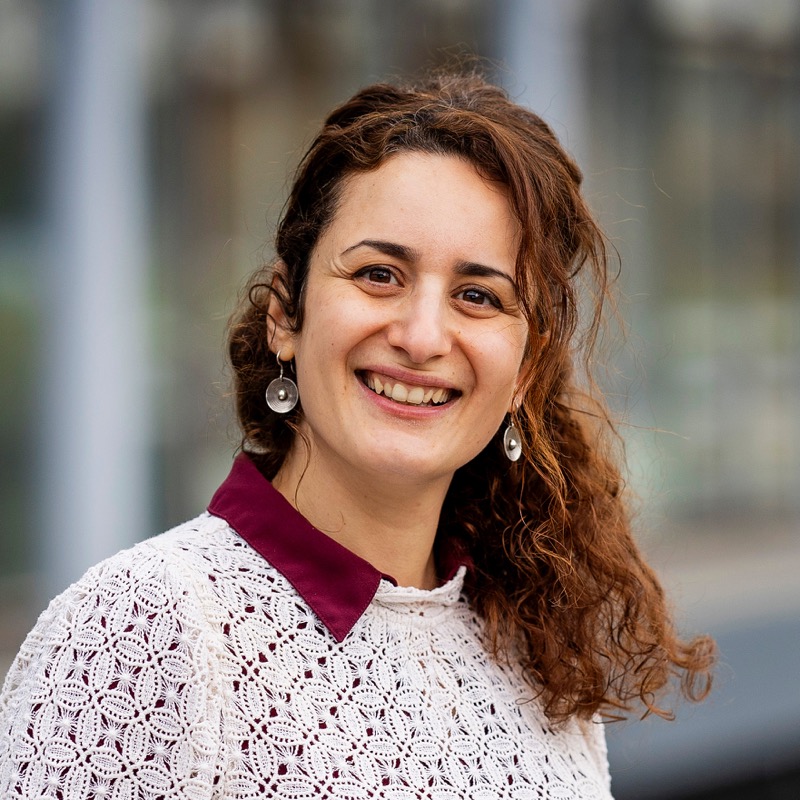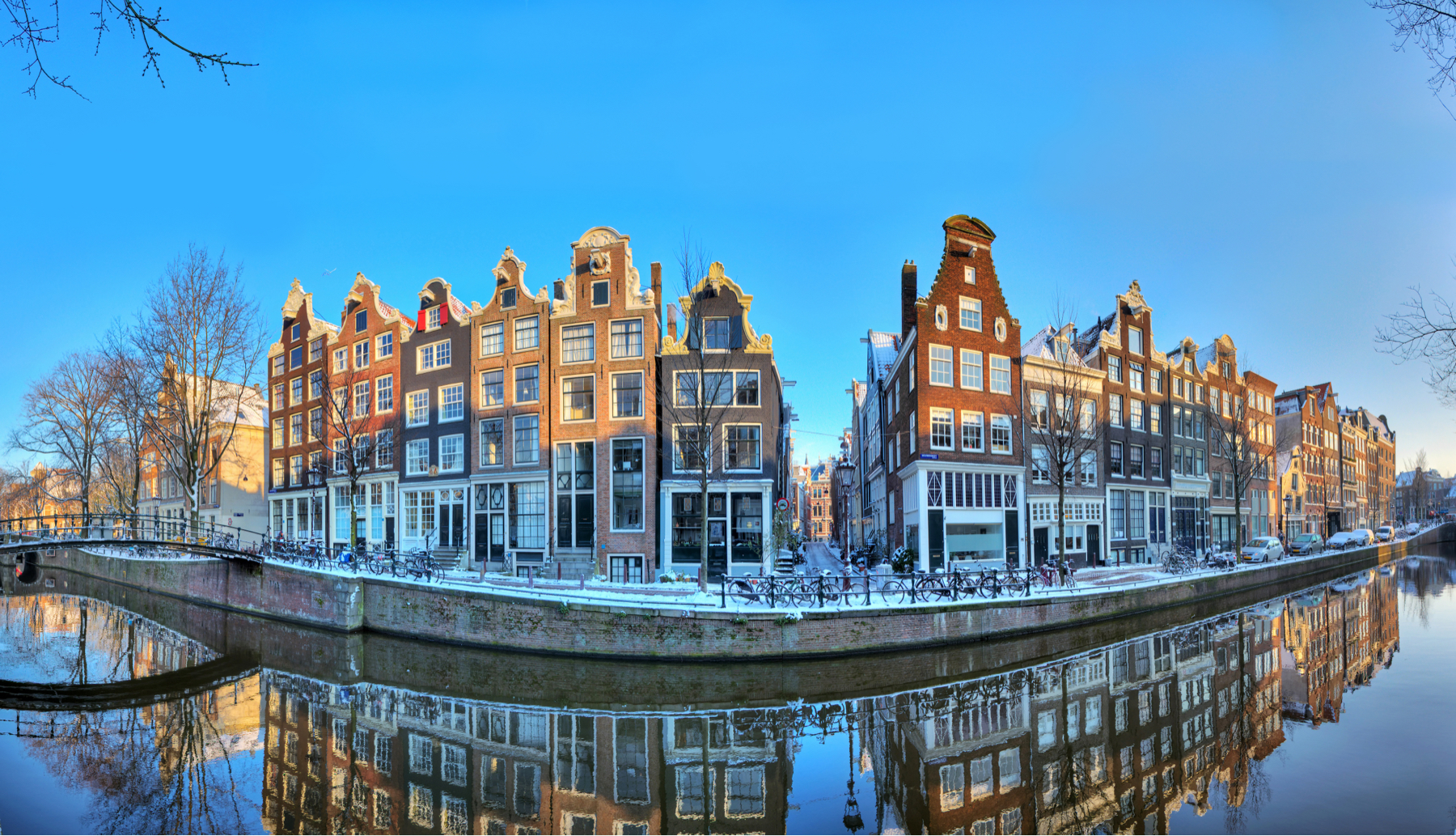Upscaling offshore wind energy
Offshore wind is indispensable in the global transition to climate-neutral energy production by 2050, and to achieve the climate goal of a 55% reduction in carbon emissions by 2030 in the Netherlands. In 2022, the Dutch government therefore raised the target for offshore wind capacity from 11 to 21 gigawatts by 2030/2031. Achieving this target means that offshore wind farms will be supplying 16% of Dutch energy needs. With an expected increased electricity consumption, we will need even more offshore wind energy in the near future.
Huge ambitions for increased capacity
Scenarios describing future supply and demand for energy, and the North Sea Energy Outlook, indicate we will need between 38 and 72 GW of offshore wind capacity by 2050. This is in line with the Dutch national MMIP 1 (renewable offshore electricity) and Sustainable Development Goal 7.a. The infrastructure required for construction, connections and transport, and therefore to achieve these ambitions, is immense. Some offshore energy will go to shore as electricity via cables; some will be converted into hydrogen and subsequently transported to ports and industrial clusters through pipelines. Deltares is working on the sustainable and cost-effective construction and upscaling of this infrastructure. That work ranges from risk assessment and the design of realistic and future-resilient boundary conditions to innovative solutions such as environmentally friendly installation techniques for foundations and pipelines.
Addressing cable vulnerability
Offshore subsea cable failures pose one of the highest risks in offshore wind systems: they can black out sections of wind farms, or even wind farms in their entirety, and disrupt the mains system. The associated inspections and repairs require expensive marine operations that can be delayed for months because of factors such as the availability of vessels and materials, and weather conditions. That can inflict serious losses of revenue.

Monopiles for the Sandbank offshore wind farm
(This Photo by Photographer Ulrich Wirrwa)
Deltares is working on a range of submarine cable-related research programmes (Joint Industry Projects – JIPs) to mitigate these risks. The Cable Lifetime Monitoring JIP CALM, for example, was launched by DNV-GL, TNO (ECN), BREM, VanDerHoekPhotonics and Deltares in collaboration with 30+ industry partners ranging from international suppliers to system integrators, end users and regulators. Due to the wide range of partners, improvements are expected in the design, installation, operation and maintenance of subsea cables. The outcomes of the project will apply to both existing and future offshore wind farms. Although the focus of the JIP is on the North Sea, offshore wind farms in other areas will also benefit.
Sustainable approach for foundation installation
About a quarter of total wind turbine investment is spent on foundations. In the North Sea, 80% of the foundations for offshore wind turbines are monopiles. Knowledge is required to make it possible to drive XXL monopiles (>10m diameter) in line with environmental regulations. Deltares is helping to tackle three challenges in this regard: upscaling, sustainability, and cost reduction. Our research focus is on the design, installation, and decommissioning of monopiles, and support for start-ups and scale-ups and the industry. We are currently working on several JIPs for innovative monopile installation technologies: GDP, MIDAS, SIMOX will ensure, among other things, that offshore wind continues to be cost-effective and sustainable. The Hydraulic Pile Extraction (HyPe-ST) project is developing a method for the end-of-life removal of full monopile foundations. At present, monopiles are cut off just below the seabed, leaving a huge amount of steel in the ground. HyPE will allow the steel from the monopiles – some thousands of tonnes in the case of XXL monopiles – to be used for recycling.
'SIMOX is unique in its comprehensive approach to understanding and assessing multiple technologies under similar, controlled conditions. Tests with scaled monopiles will be performed in laboratories, at two onshore sites and at a nearshore site. This is also a good example of how the GROW consortium wants to operate and work with others to tackle a challenge that is relevant for offshore wind as a whole.'
David de Jager, director of GROW
Vibratory installation of scaled monopiles at Deltares Geofacilities. The test are part of the SIMOX joint industry project. The project focuses on the development and practical implementation of one or more innovative technologies for the installation of XXL monopiles, as an alternative to conventional impact hammering.
Realising Impact
Integrated knowledge about offshore energy, experimental facilities, and models focuses on cost reduction, technical optimisation, sustainable upscaling, predictable production and limiting risks for people and the environment in the North Sea and worldwide.
All Sendai priority’s
Sustainable development goals
Affordable and clean energy








